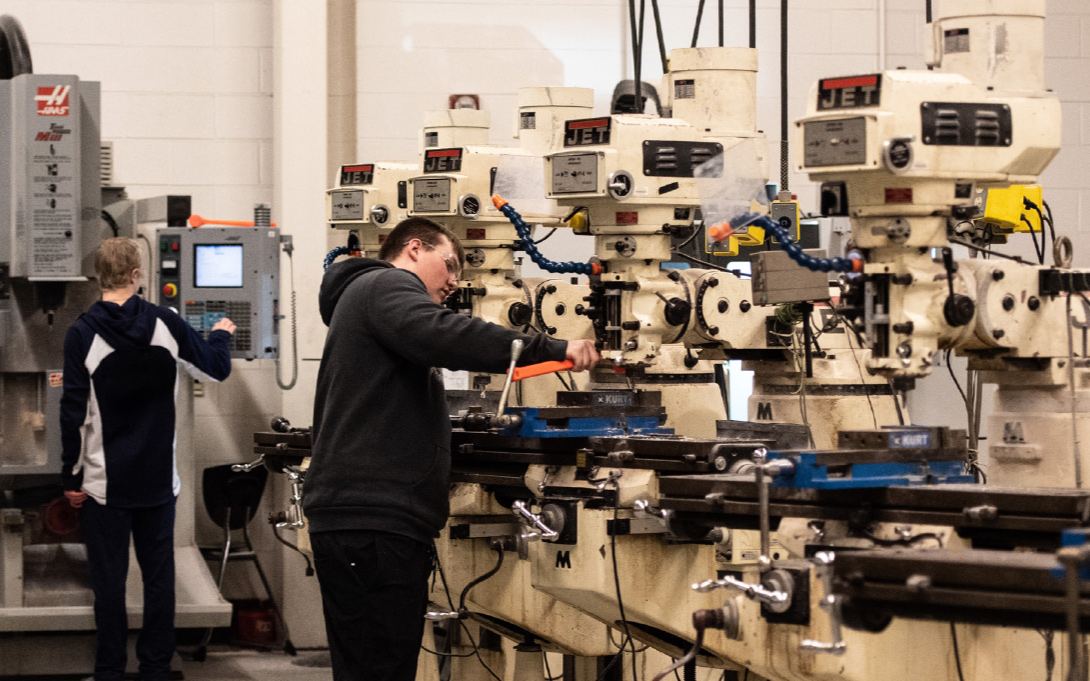
Career and Technical Education in Michigan: Access and Participation
In part as a result of these trends, high school career and technical education (CTE) programs have emerged as a popular strategy for improving young people’s chances of finding – and keeping – stable jobs. Taught by former industry professionals and structured around hands-on projects, CTE aims to equip students with knowledge and skills to thrive in the workforce.

Key findings
- Approximately half of all Michigan students enroll in at least one CTE course during high school. Business, marketing, and health sciences are the most popular programs.
- Female, Black, Hispanic, and economically disadvantaged students are less likely to participate in CTE. These gaps are smaller among students who attend the same high school, suggesting disparities in opportunity rather than student demand drive statewide participation gaps.
- More than 500,000 skilled trades jobs are expected to become available in Michigan through 2026, primarily in construction, manufacturing, healthcare, automotive technology, and information technology. While many CTE programs align with these high-demand fields, some exhibit low participation and completion rates.
